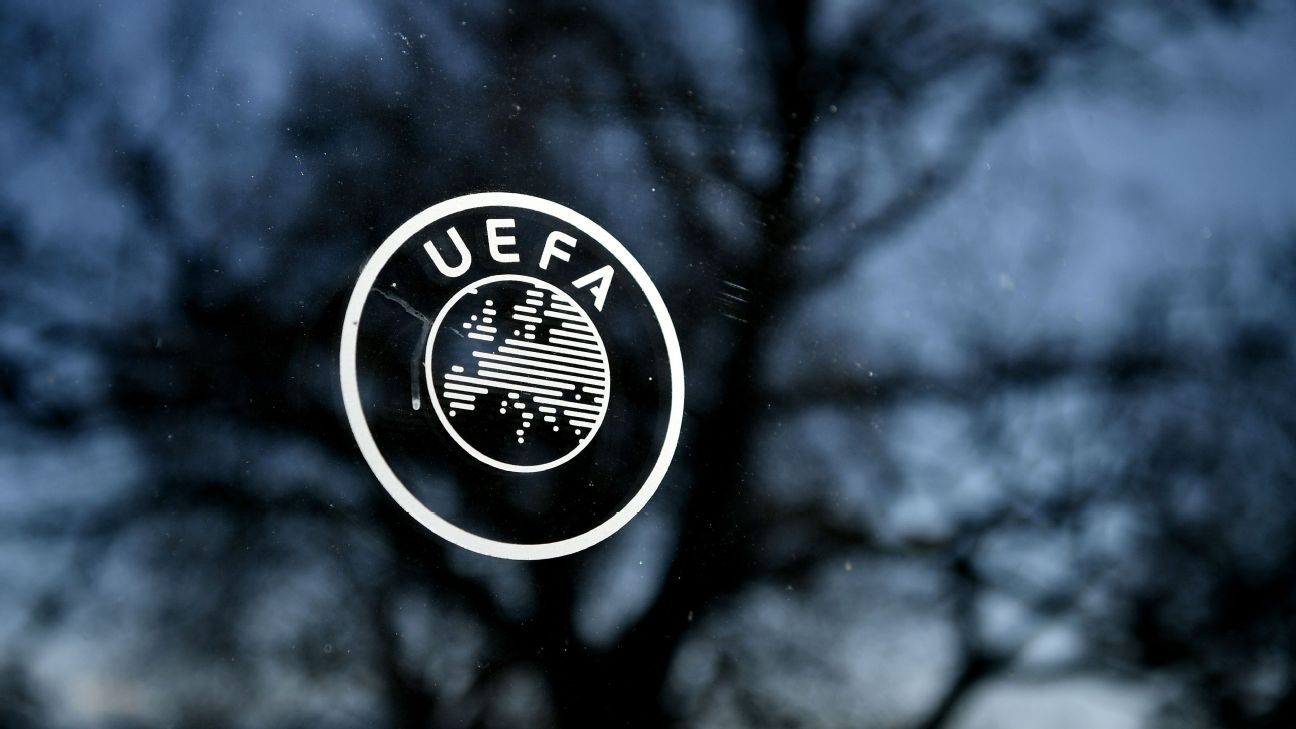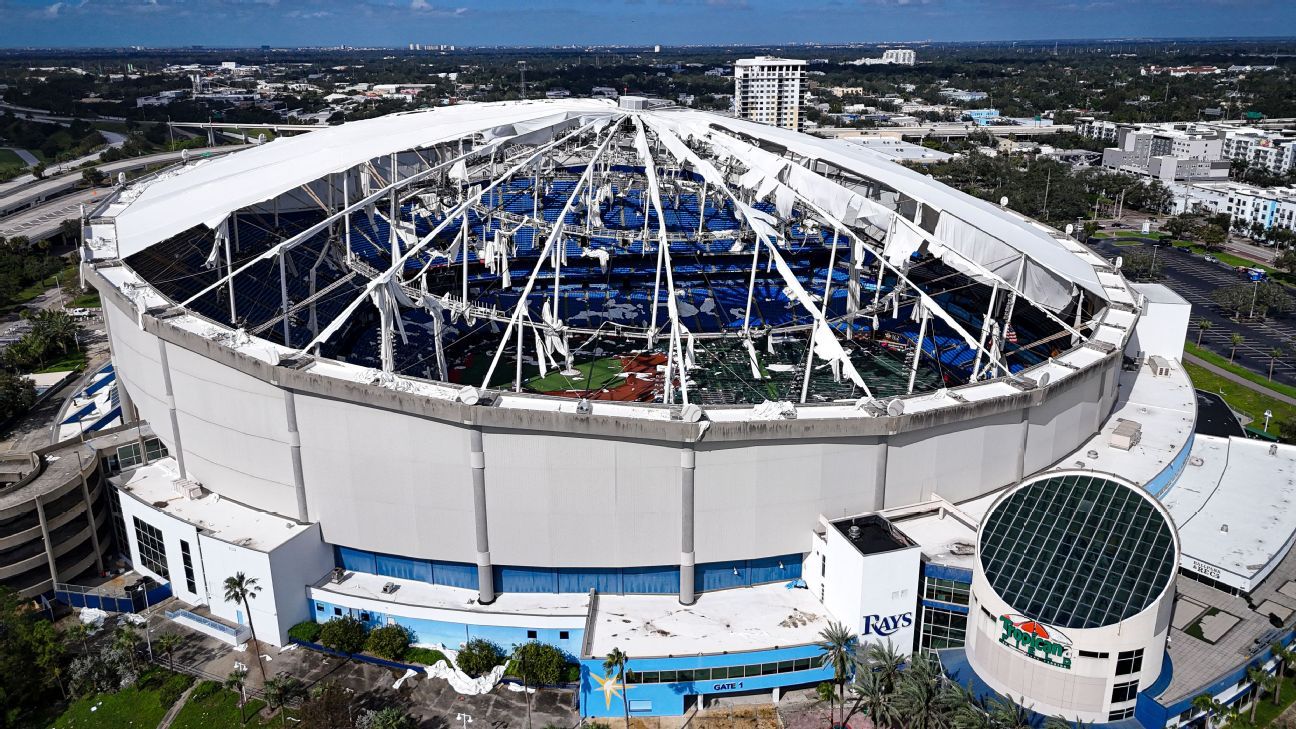
At this time of year it is important for athletes to develop habits which will combat colds, throat infections and chills. John Shepherd talks to exercise physiologist Jim Pate to find out more
AW: What precautions do athletes need to take when it comes to, for example, their respiratory health when winter training?
Jim Pate: Check the weather forecast and take precautions against the cold. Cold injury (frost nip/bite) and hypothermia are two of the most immediate potential dangers when training in the cold and when not exercising too.
Frost nip/bite is damage to tissue as a result of the water in the tissue freezing while hypothermia is failure to maintain an adequate body temperature. Proper equipment including clothing and protection of vulnerable areas is the best way to minimise these risks.
For frostbite, extremities like the fingers, toes, nose and exposed skin are vulnerable and need to be protected. The core of the body also needs to be kept warm as a priority – this is in contrast to the exercising limbs which will generate heat and help keep themselves warm. Limiting exposure to the coldest temperatures of the day is also a very effective way to mitigate risk.
Cold, dry air can also be an irritant to the airways, and in extremely cold temperatures these can be damaged by the cold, so protecting with a scarf, buff, snood, mask and so on is sensible. Wind and wet can exacerbate the effect of the cold and therefore windproof and waterproof clothing when appropriate is essential.
AW: What vitamins, minerals and supplements may be of use over this period?
JP: First off, a good balanced diet that supplies the daily requirement of vitamins and minerals is essential to an athlete’s health and wellness.
If a healthy balanced diet is already established, one of the most common vitamin deficiencies observed during winter is vitamin D.
Normally, exposure to sunlight, allows our body to synthesize this vitamin, however, during the winter, with fewer daylight hours, sun exposure may not be adequate. A simple blood test can measure vitamin D levels and supplements are available to boost its levels.
Maintaining vitamin D can also help fight off those winter infections, as a deficiency is implicated in an increased susceptibility to infection. Do see a nutritionist if you are concerned that you may not have an adequately balanced diet.
AW: Are there more general nutritional requirements for the winter when compared to the summer period? Should calories be increased?
JP: Typically, winter seasons would alter the types of foods that are available, so, for example, in the past certain types of fruit may have been less available, however, the globalisation of agriculture means that humans are less constrained by seasonal food production in dietary choice. So, there is no excuse for not having a balanced diet even when some foods aren’t in season.
Calorie intake needs to be adjusted based on activity level. Hydration is important to pay attention to and dehydration is to be avoided in cold environments. Cold air tends to be dry, and dry air leeches water out of the body especially from moist membranes such as the airways, while increased rates of ventilation during exercise exacerbates fluid loss.
AW: When suffering from the common cold should athletes continue to train?
JP: It all depends on how bad the cold is. Adjusting training expectation is a must if trying to train through a cold. If in doubt, it’s best to skip training and visit your chemist. It will be better in the long run to miss a day or two at first and to get over a cold than train with it, delay recovery from illness, and struggle on for longer than necessary with poor quality training.
AW: How can athletes avoid picking up colds and flu and similar over the winter months?
JP: The same way that everyone does … good hygiene and avoiding becoming immunocompromised, through fatigue, stress, lack of sleep, poor diet, inadequate recovery and other lifestyle behaviour … these can all compromise the immune system’s ability to effectively fight off infection.
AW: If athletes go warm weather training over the winter months does this increase their risk of picking up a cold on their return to the UK?
JP: It should not have an effect or make them any more susceptible other than they may not have been exposed to current geographic pathogens.
AW: Should athletes train with throat infections or chest infections? I’ve heard that the former can be more likely trained around?
JP: The rule of thumb as it has been explained to me by sports doctor colleagues is: above the neck, you should be fine to train while below the neck, you’ll be better off resting up and getting well.
It is important to consider training while under the weather will not result in the best performances. Fever or other signs of active infection should be clues to rest, recovery and managing illness rather than trying to set new PBs or undertake high training volume. If in doubt see your GP or sports doctor.
AW: Chills can be a consequence of doing longer and sustained interval training in the colder weather, any tips for combating this?
JP: It is important to understand where the chills are coming from. Usually humans get chills when they are too cold and this results in shivering. Normally during sustained exercise, muscular contraction results in thermogenesis and maintenance of body temperature. Inactivity or lack of thermogenesis, as well as being wet or damp, will increase susceptibility to becoming cold and getting chills. First off, make sure that you are properly dressed.
Under-insulating won’t adequately keep heat in during training in cold environments but over-insulating can result in excessive sweating and “wetting out” layers – this will compromise insulation and draw heat out of the body resulting in chills. Total inactivity during recovery intervals should be avoided or at the very least you should be ready with a more substantial insulation layer if necessary to put on.
The alpine mountaineer’s belay jacket is a classic example of this – it is a light insulating jacket usually of high quality compressible down kept in the top of the rucksack while on the move, then pulled out and put on top of all other layers during inactive periods, such as when you have to belay your companions. You could also consider doing sessions indoors if it’s getting too cold for recovery outside.















 Phone: (800) 737. 6040
Phone: (800) 737. 6040 Fax: (800) 825 5558
Fax: (800) 825 5558 Website:
Website:  Email:
Email: 






